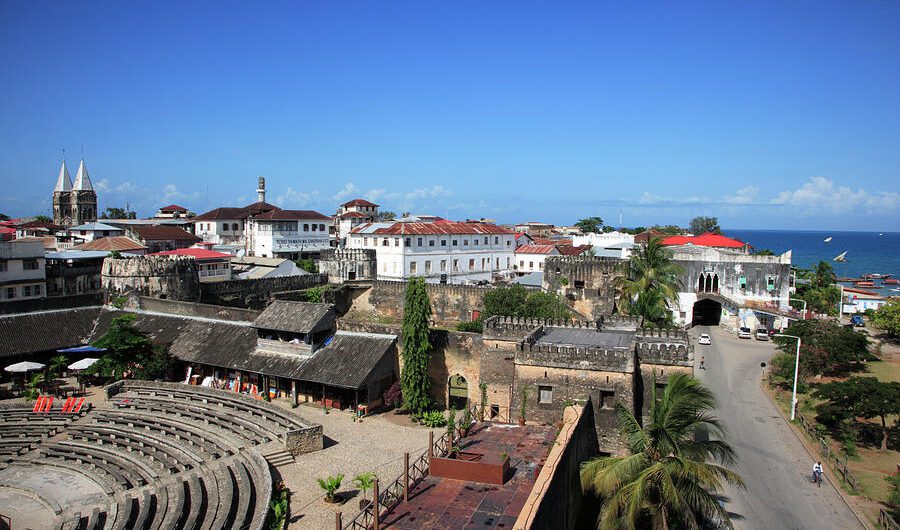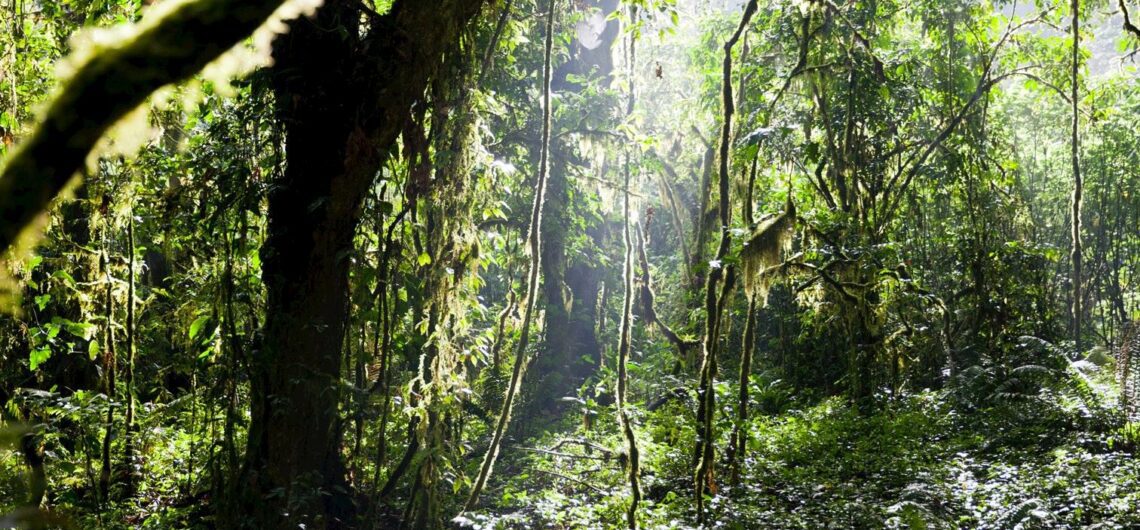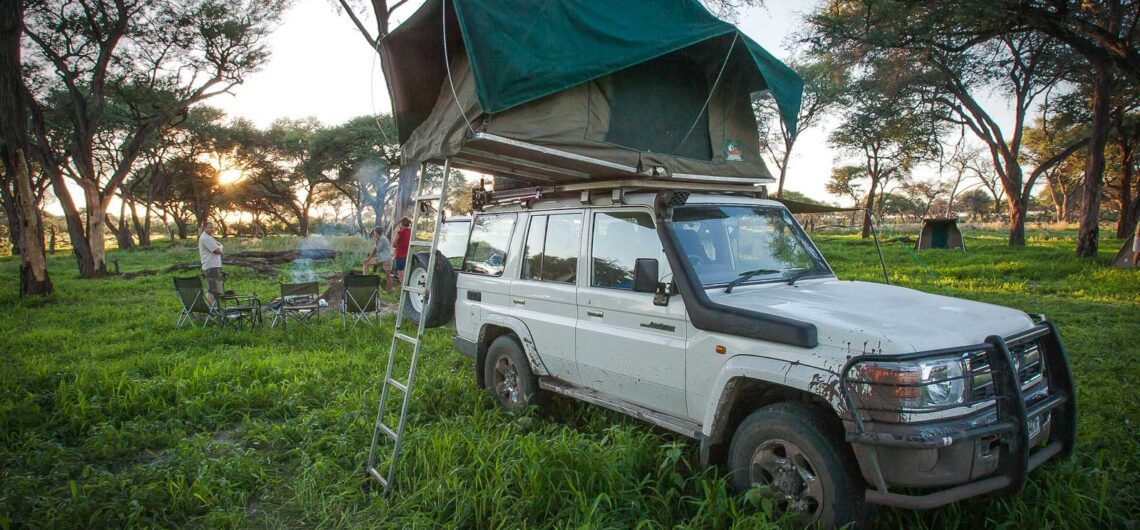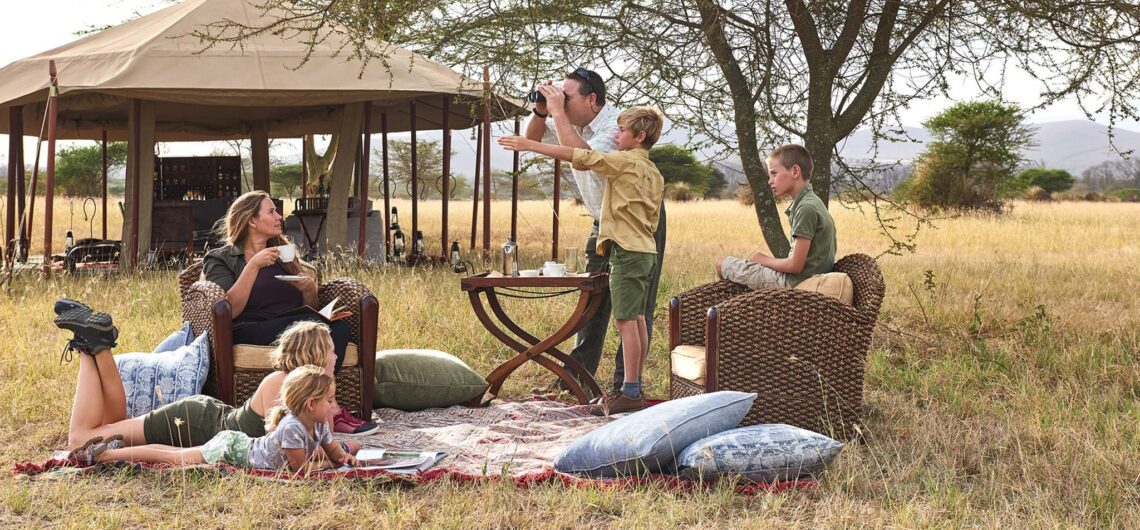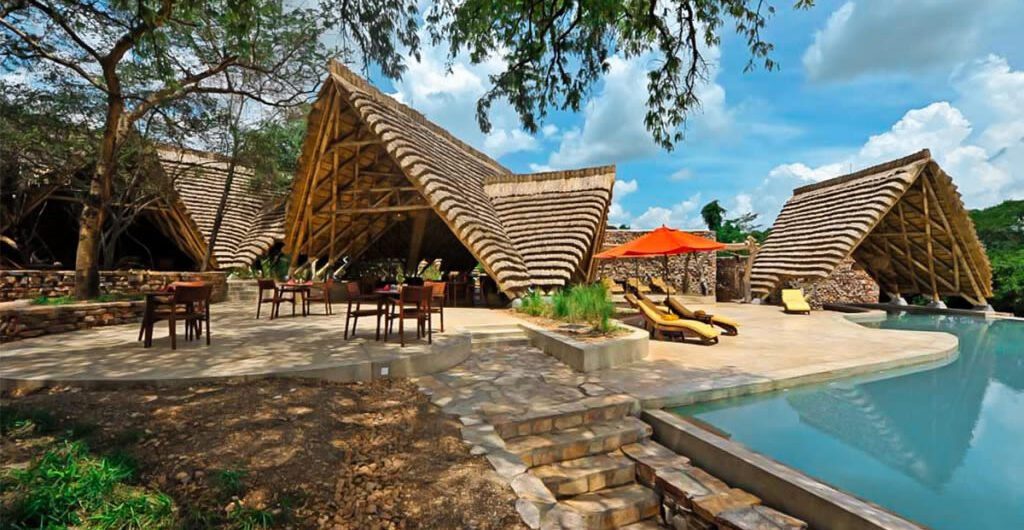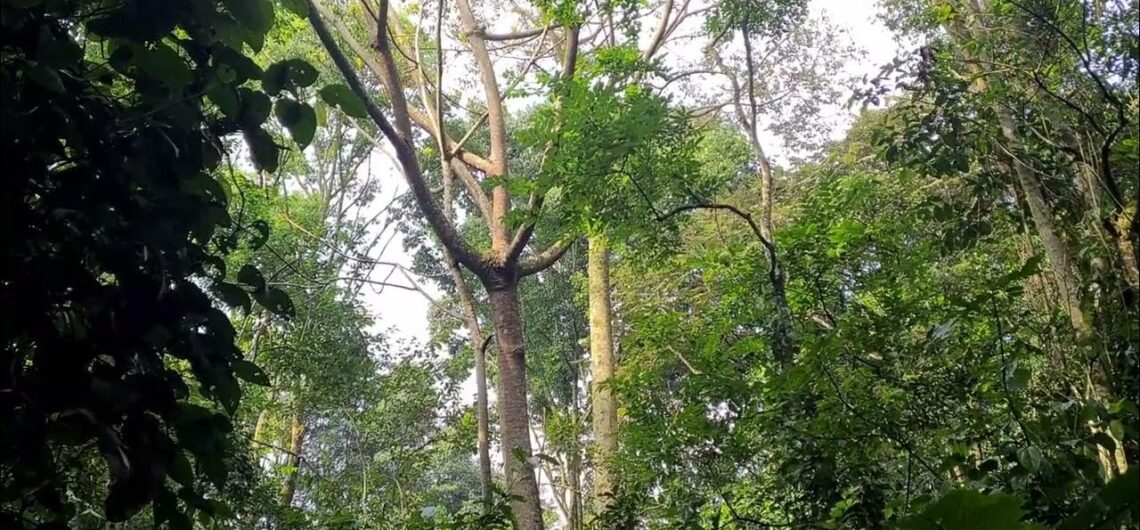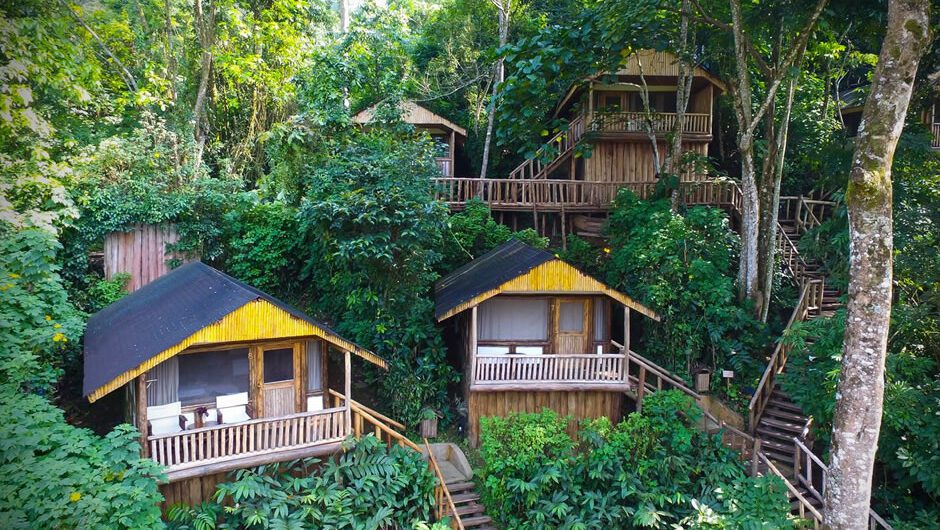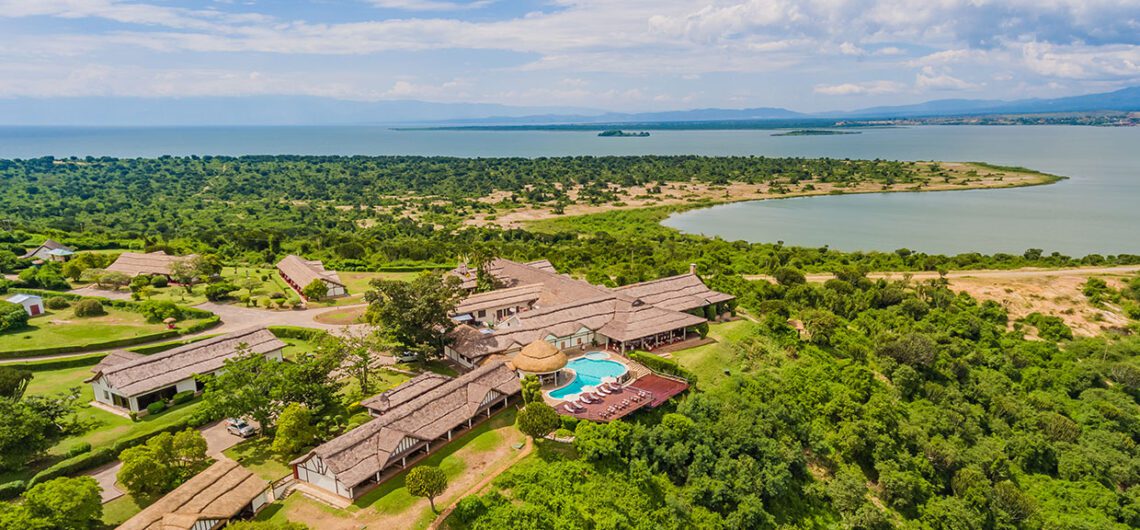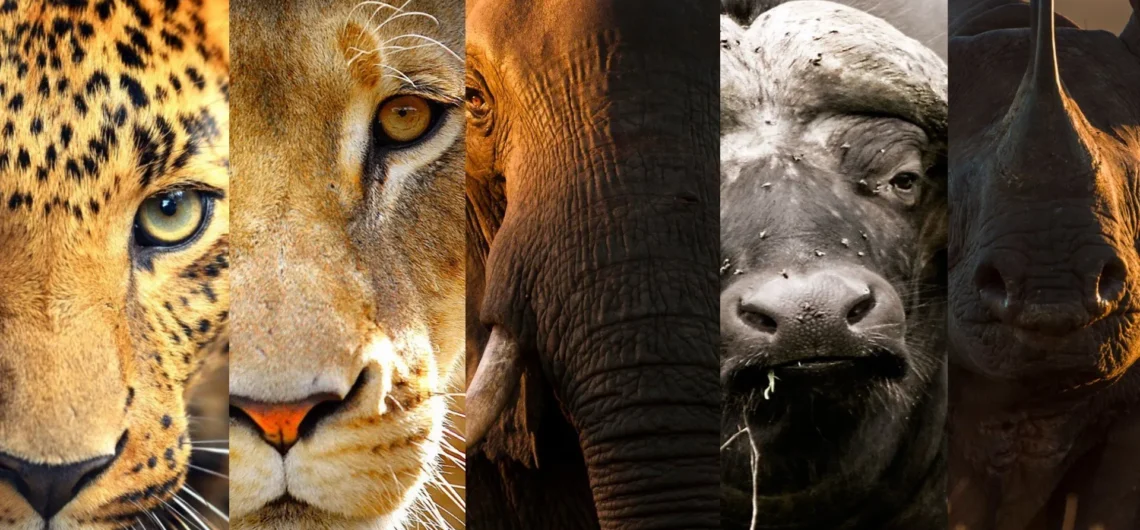Les meilleures activités à faire pour une lune de miel en Ouganda: Choisir de passer sa lune de miel en Ouganda dans certains des sites les plus époustouflants que le pays a à offrir est exceptionnel et unique. L'Ouganda possède des décors naturels époustouflants qui élèveront votre esprit et vous permettront de vous détendre après les préparatifs du mariage. Les meilleures activités à faire pour une lune de miel en Ouganda Les meilleures activités à faire pour une lune de miel: Vous et votre partenaire avez besoin de temps rien que pour vous, loin de la cacophonie de la ville, où seuls les sons des oiseaux et du vent sauvage seront audibles. En Ouganda, les couples peuvent découvrir des communautés autochtones, partir en promenade avec des primates, faire des safaris pour observer la faune sauvage, et bien plus encore. Pour votre anniversaire de mariage, vous pouvez choisir ce que vous voulez faire et où séjourner afin de vous rappeler toujours de votre incroyable séjour en Afrique. La plupart des destinations de lune de miel en Ouganda se trouvent en particulier dans des zones de parcs nationaux. Parmi les parcs nationaux ougandais parfaits pour une lune de miel, citons le parc national des chutes Murchison, le parc national Queen Elizabeth, le parc national du lac Mburo, le parc national de Kibale, le parc national de la vallée de Kidepo, et bien d'autres encore. Voici quelques-unes des activités à faire : Trekking des gorilles en lune de miel Partir en trekking pour observer les gorilles lors de votre lune de miel en Afrique est une expérience merveilleuse et une destination populaire pour la plupart des gens. Vous devez réserver vos permis de trekking pour les gorilles afin que vos horaires coïncident. Les meilleurs endroits pour faire du trekking pour observer les gorilles
Les meilleures activités à faire pour une lune de miel en Ouganda: Choisir de passer sa lune de miel en Ouganda dans certains des sites


